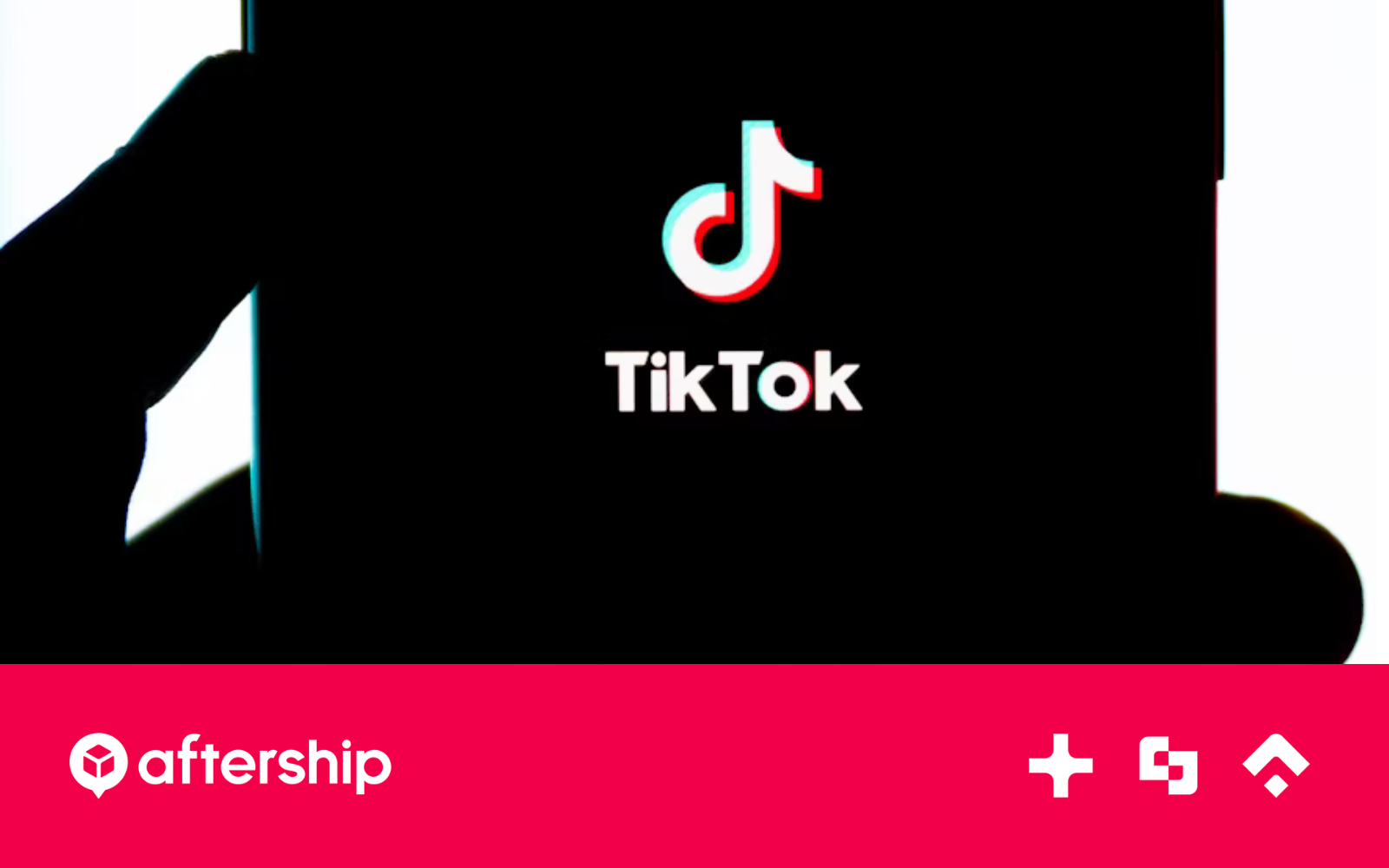A Comprehensive Guide to Scraping TikTok for Product Trends

Understanding TikTok trends can mean the difference between a product that languishes on digital shelves and one that flies off them.
TikTok's unique algorithm exposes users to an ever-evolving stream of content, much of which revolves around viral products and challenges that users participate in. For eCommerce professionals, understanding these trends can unlock powerful marketing opportunities, since new data has found that the platform is the fastest-growing channel for product discovery, with 15% of product discoveries beginning on TikTok.
In this article, we'll explore how you can scrape TikTok for product trends and use them to your advantage. But fair warning, this topic can get a bit technical—we’ll stick to the items you absolutely need to know to get started.
The Benefits of TikTok Trend Analysis
Knowing how to sell on TikTok Shop includes knowing what to sell to whom. Product trend scraping, particularly on platforms like TikTok, involves extracting data from product-related videos to glean insights into consumer behavior, trending products, and influencer endorsements.
This process focuses on identifying popular products, understanding consumer preferences, and analyzing market trends. The data obtained from product trend scraping allows for the creation of targeted marketing campaigns, improved ROI, and informed decision-making regarding product development and marketing strategies.
Integrating TikTok trends into your strategy can also bolster your eCommerce endeavors in the following ways:
- Real-time market research: Rather than waiting for quarterly reports, you can access TikTok's live stream of trends anytime. This immediate insight enables agile product iteration and quick decision-making, keeping you at the forefront of industry shifts.
- Targeted advertising: Tailoring your ad campaigns to TikTok trends means your messaging is not only current but also resonates deeply with viewers familiar with the platform's unique style and content.
- Community building: Participating in TikTok trends isn’t just about products; it’s about creating an experience your customers can relate to and share. This engagement fosters a loyal community around your brand.
Getting Started with TikTok Scraping
To scrape data from TikTok, you'll need to interact with its API. Familiarize yourself with API keys, endpoints, and rate limitations. Additionally, select data scraping tools within TikTok's compliance framework to avoid legal repercussions. Ensure you're well aware of the security and safety measures of TikTok Shop.
TikTok provides several APIs to tap into: a content posting API, a display API, a research API, and a commercial content API. Each gives you access to valuable information that you can use in different ways.
Steps to Set Up a TikTok Scraping Project
1. Obtain API access
Register for a developer account on TikTok and get your API keys. This provides access to the platform's data, which is necessary for scraping. You can do that by visiting the developer website and following the instructions.
2. Select scraper tools
Choose from various third-party tools like Beautiful Soup and Selenium that best suit your needs. Each tool has its own advantages and drawbacks, so research and choose accordingly. For example, Beautiful Soup is a popular choice for its simplicity, while Selenium allows for more customization. And if you have the technical know-how, you can even build one yourself.
3. Develop a scraping plan
Determine what kind of content you will scrape—videos, challenge hashtags, user profiles. This will help you structure your scraper and make the most of your API calls. By determining the parameters of your project beforehand, you can avoid wasting valuable resources.
4. Implement rate limiting
Ensure you don't exceed TikTok's API request limits to avoid suspension of your access. You can implement rate limiting in your scraper, which controls the frequency and volume of API calls.
The current limit for TikTok API requests varies based on the type of user and the specific API endpoint being used. For average users without access to anti-spam parameters, the limit is not explicitly defined, but it is recommended to be mindful of the request rate to avoid potential issues.
5. Store and analyze data
Design a database to hold the scraped data and use data analytics tools to derive insights. Some popular databases for storing web-scraped data include:
- MySQL: A traditional relational database that is effective for structured data.
- MongoDB: A NoSQL database suitable for unstructured data, such as text or images
- PostgreSQL: Another relational database option that provides scalability and easy retrieval of data
- Google BigQuery, Amazon S3, or Azure Blob Storage: Cloud-based databases that offer scalability, easy access, and durability for large volumes of web-scraped data
This will help you identify patterns and trends in your data, which can inform your eCommerce strategy. There are plenty of examples and templates available online to guide you.
6. Visualize and draw insights from data
Once your project is up and running, keep an eye on the data collected by your scraper. Look for patterns in hashtag usage and engagement levels over time to identify which trends are gaining momentum. Use this data to guide your marketing and product development strategy.
Data visualization solutions such as Python's Matplotlib, TensorFlow, or even Tableau can help you spot patterns and project future trends. Use these tools to create visualizations that make it easier to understand the data at a glance.
7. Stay compliant
Regularly check for updates in TikTok's terms of service and adjust your scraping practices accordingly. This ensures that you always comply with their policies and can continue to access valuable data.
For example, TikTok may limit the data types that can be scraped or change their API request limits. You can stay up to date by following their official developer blog.
Identifying Relevant TikTok Hashtags and Challenges
Once you have the framework of your scraping project, it’s time to get specific about what you’re hoping to find. Figuring out the right hashtags and challenges to track is critical for a successful TikTok trend-scraping project.
Follow these steps to ensure that you’re tracking what’s most impactful for your brand and audience:
Discovering trends
- Explore the 'For You' page: TikTok's algorithm curates this page to showcase trending content. By monitoring it, you can discover which hashtags and challenges are currently popular.
- Use TikTok's Discover tab: This feature helps users find trending hashtags and sounds. Brands can use it to identify which trends may align with their marketing objectives.
Monitoring virality
- Track hashtag performance: Pay attention to hashtags commonly used by influencers and competitors, and note the frequency with which these tags appear on popular videos.
- Analyze challenge participation: Challenges often go viral on TikTok. Evaluate how many users participate and how the challenge is being executed to determine its relevance to your brand.
Engagement analysis
- Engagement metrics: When selecting hashtags and challenges to track, review the number of likes, shares, and comments to gauge user engagement.
- Audience insights: Analyze the demographics and interests of users engaging with particular trends to ensure they align with your target audience.
Competitor observation
- Keep an eye on competitors: Watch what hashtags and challenges your competitors are using. This can give you insight into their TikTok marketing strategies and help you identify areas where you can differentiate your brand.
But what do you do with this newfound information, and how do you use it in your scraping project?
After identifying relevant hashtags and challenges, you can use this information to guide your web-scraping project. For example, you can create a list of the most popular hashtags and challenges related to your brand or target audience and regularly scrape data from these tags using TikTok's API.
This will allow you to collect large amounts of data related to trending content on the platform, which you can then analyze to identify patterns and insights that inform your marketing strategy. Since you already spent time putting together the framework of your scraping project, you can just feed this information into your tool.
Best Practices for TikTok Scraping
Maintaining ethical scraping practices is imperative to uphold data privacy and platform trust.
- Transparency: Clearly communicate how you'll use the scraped data to comply with TikTok's usage policies.
- User consent: If you're scraping user-generated content, ensure you have their consent wherever necessary.
- Data security: Treat scraped data with the same level of care as any personal data. Implement proper security measures to protect it.
- Compliance: Regularly review and update your scraping practices to align with any changes in TikTok's terms of service.
By following these best practices, you can ensure a sustainable and responsible approach to scraping TikTok data.
Start Building a Stronger TikTok Shop Strategy
Start with small scraping projects to understand the capabilities and limitations of TikTok data, then scale your efforts as you discover trends that align with your business goals. While working to make your brand pop on TikTok Shop through things like influencers and amazing ads is important, a data-backed approach to planning and strategizing is better.
With a thoughtful approach to data scraping, you can tap into the pulse of consumer behavior and preferences, leading to more informed business decisions and increased customer engagement.
And when your TikTok Shop strategy is ready for more optimization, it’s a great time to start looking at AfterShip Feed—a TikTok Shop product feed management tool that will auto-sync product and inventory info, protect revenue, and make order fulfillment hassle-free.

